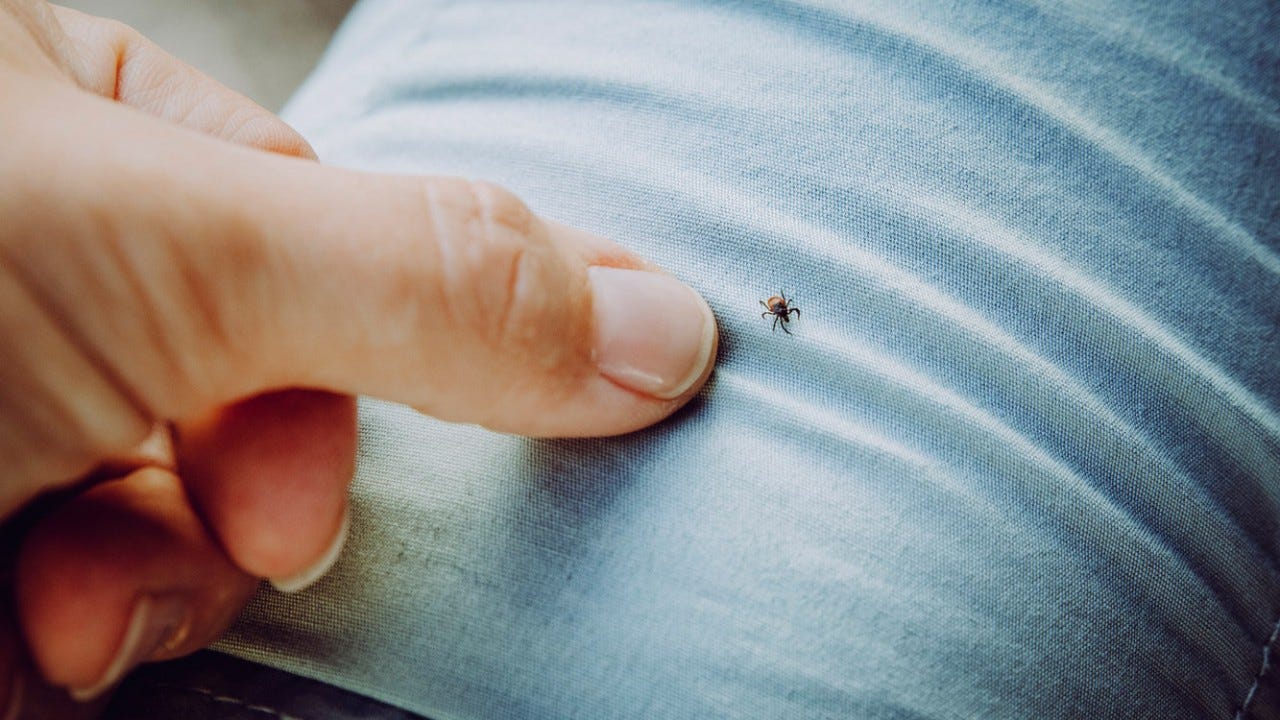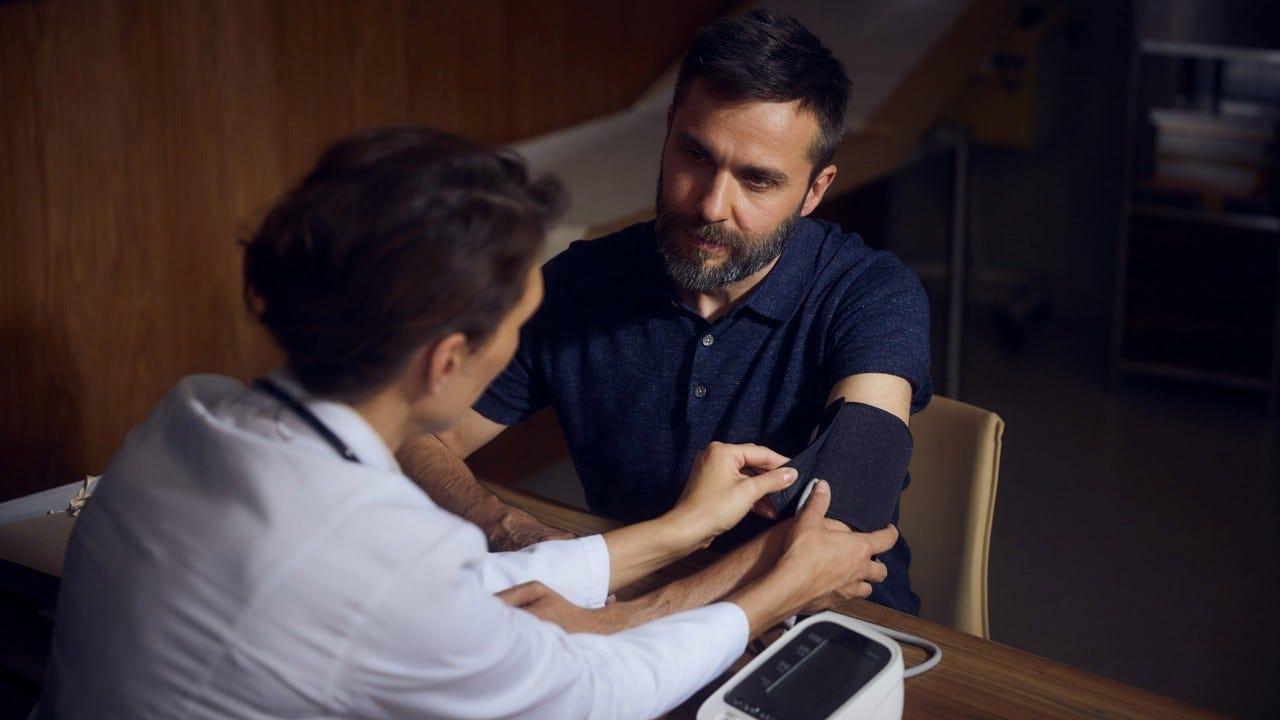Effective protection against ticks
Ticks carry dangerous illnesses such as TBE and Lyme disease. Almost all of Switzerland is considered a high-risk area.

Once a tick (in this country the species common wood tick) finds a host, it attaches itself with a bite. The parasite uses barbs to anchor its proboscis in the bite wound so that it can drink its fill of blood over several days. The tick uses a numbing secretion to dull the pain. However, because the tick releases the secretion along with some of the absorbed blood, viruses can enter the host immediately after the bite if the tick is infected.
How to protect against tick bites
The blood-sucking parasites are found at altitudes of up to 2,000 metres above sea level and are found in the undergrowth in forests, living in hedges and shrubs or in tall grass. When a human host walks through tick territory, brushing past their habitat, the insects fall from the plants and crawl up their legs and over the body. So, if you’re planning to do activities outdoor, try to avoid tall grass and bushes and wear suitable clothing such as full-length trousers, long-sleeved tops, socks pulled up over the trouser legs, and closed, sturdy shoes. It’s easier to spot the dark insects on light clothing.
Skin protection products and insecticides for clothing are also recommended, but do not reliably keep ticks away in the long term (pay attention to the duration of action!). Important: Check your body for ticks after a trip into the countryside. Ticks particularly like to bite at your hairline, ears, neck, armpits, around the belly button or in the genital area.
What to do if you find a tick on your body
Ticks should be removed as soon as possible. Using fine tweezers or a special tick remover, grasp the tick directly above the puncture site and pull the whole thing straight out (don’t twist it!) . The tick should be grabbed by the mouthpart, otherwise the body will burst quickly and infectious fluids can spread in the puncture site. Then apply disinfectant and observe the site for a few weeks. In case of symptoms such as redness or fever, you should see a doctor immediately.
What is Lyme disease?
Lyme disease is triggered by bacteria and is the most common tick-borne disease in Switzerland. Depending on the area, 5 to 30% of ticks, in some cases even up to half, are infected with the Borrelia bacteria. The Federal Office of Public Health estimates that around 10,000 people in Switzerland are infected and fall ill with the disease each year.
The clinical picture varies considerably. Early symptoms often include redness of the skin, usually around the bite. Long-term effects can include chronic rheumatic pain, fatigue, headaches and nerve pain. If it goes untreated, Lyme disease can even lead to disability in some cases. The infection can be treated with antibiotics, but there is no vaccination to prevent it.
What is TBE?
TBE stands for tick-borne encephalitis and it is a viral infection. You can catch TBE in spring, summer and autumn, and in mild winters when the temperature is above 8 degrees Celsius and the ticks wake from their dormant state.
TBE is diagnosed by a blood test. Typical symptoms include a high temperature, fatigue, joint pain or severe headaches – similar to when you have the flu. The viral infection is not treatable and in rare cases can lead to permanent damage, inflammation of the lining of the brain and spinal cord, and can even be fatal.
The Federal Office of Public Health estimates that around 0.5 to 5% of ticks in Switzerland carry the TBE virus. All regions in Switzerland – with the exception of Ticino and Geneva – are endemic. The Swiss pharmacists’ association pharmaSuisse explains that vaccination is the only effective way to protect against the TBE virus.
Tick vaccine: effective protection against TBE
So far, there is only one vaccination against tick-borne diseases. However, it only reduces the risk of TBE. Three injections are required for complete basic immunisation. Then a booster is required every ten years.
pharmaSuisse recommends the vaccination to anyone who lives or visits an endemic area. People who aren’t exposed to the risk don’t need to be vaccinated. “If immune protection has to be achieved more quickly, there is an accelerated vaccination schedule in which the first two doses are given at least 14 days apart.” Protection is then effective no earlier than 14 days after the second dose of the vaccine. However, for the best, long-term protection three doses are recommended, followed by a booster every ten years.
Tick vaccine for children?
The tick vaccine is recommended for children from the age of six if they live in or visit a high-risk area. In exceptional circumstances, children can be vaccinated as early as one year old – in consultation with a doctor.
Does the vaccination have side effects?
The two vaccines approved in Switzerland are inactivated and well tolerated. In one-third of cases, they cause redness, swelling and pain at the injection site. These side effects fade after one or two days.
Some people may suffer a more general reaction, temporarily experiencing headaches, fatigue and sore muscles.
Does health insurance cover the cost of the tick vaccine?
Basic insurance covers the cost of the TBE vaccination, provided that there is a vaccination recommendation for the area in which you live or visit often. The vaccination must also be performed by a doctor.
If you get the vaccination in a pharmacy, health insurance only covers part of the costs*. In this case, a medical prescription is required.
*The vaccine but not the vaccination service.


